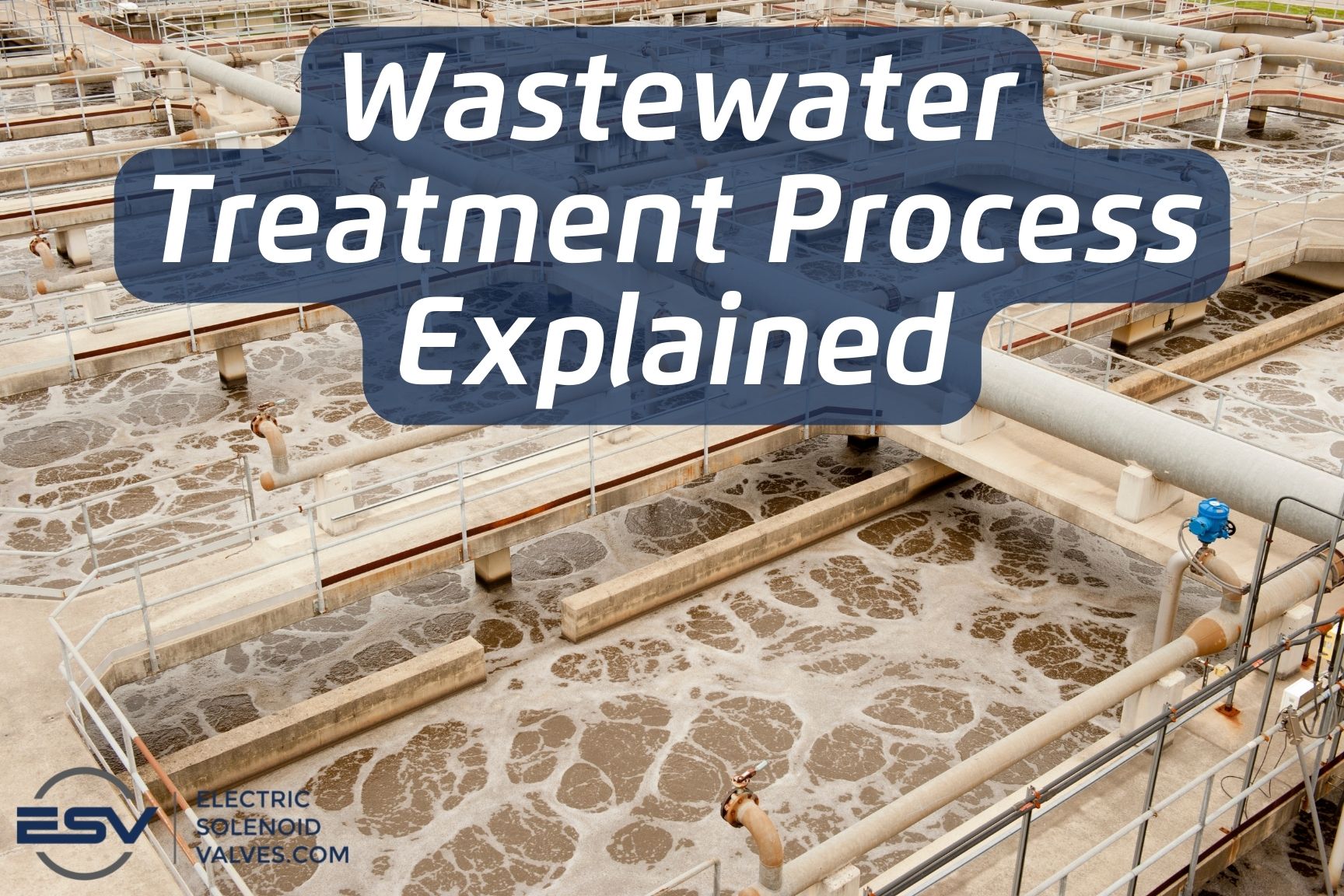Important Action In Municipal Waste Water Treatment Plants
Important Action In Municipal Waste Water Treatment Plants
Blog Article
Strategic Approaches to Improve Waste Water Therapy Effectiveness and Lessen Environmental Impact
In the realm of waste water treatment, the mission for enhanced efficiency and reduced ecological impact is a perpetual difficulty that requires critical solutions. As society comes to grips with the crucial to take care of water sources sustainably, a nuanced technique ends up being crucial. The combination of sophisticated therapy technologies, energy-efficient procedures, resource recuperation approaches, boosted nutrient removal techniques, and wise surveillance and control systems stands for a complex structure for resolving these pushing worries. Nonetheless, what lies at the core of this complicated internet of approaches is the possible to change the means we approach drainage treatment, not simply as a process of disposal, however as a beneficial chance for development and environmental stewardship.
Advanced Treatment Technologies
Sophisticated membrane filtration systems have actually changed sophisticated wastewater treatment procedures, considerably boosting the removal of contaminants. This innovation has actually verified to be very effective in removing a wide range of pollutants, including drugs, hefty steels, and natural substances, which are usually testing to eliminate via standard therapy approaches.
Moreover, membrane filtration systems supply numerous benefits over traditional treatment strategies. They need less space, generate higher-quality effluent, and are much more resistant to variations in influent water high quality. Furthermore, these systems are highly functional and can be easily incorporated right into existing treatment plants or made use of as standalone units for decentralized applications. As the need for tidy water continues to rise, the adoption of innovative membrane layer filtration modern technologies is necessary to guarantee sustainable and reliable wastewater treatment techniques.
Energy-Efficient Processes
The assimilation of energy-efficient procedures in wastewater therapy systems is crucial for optimizing source usage and minimizing operational costs. One vital strategy to improving power effectiveness in wastewater treatment is the application of innovative aeration systems, such as fine bubble diffusers or surface area aerators, which can enhance oxygen transfer effectiveness and minimize energy intake.
In addition, maximizing procedure control and automation via using sophisticated sensing units and monitoring systems can boost general energy effectiveness by changing operations in real-time based on real demand and problems. Carrying out energy audits and consistently keeping an eye on power efficiency indications are vital techniques to recognize locations for improvement and track energy-saving campaigns efficiently. In general, the adoption of energy-efficient procedures in wastewater therapy not only profits the environment however likewise adds to lasting expense savings and functional sustainability.
Resource Recuperation Strategies
With a concentrate on enhancing resource usage and sustainability in wastewater treatment systems, the application of source healing methods emerges as a pivotal facet in boosting operational effectiveness. Source recuperation strategies in wastewater therapy include the identification and removal of beneficial sources from the waste stream, thus transforming what was once thought about waste into a beneficial asset. By applying source recovery methods such as nutrient removal and recovery, power generation from raw material, and the production of reusable water, wastewater therapy plants can reduce ecological effect while making best use of effectiveness.

Boosted Nutrient Elimination Methods
Executing advanced nutrient elimination strategies is necessary for enhancing the effectiveness of wastewater treatment systems. Enhanced nutrient elimination plays a critical duty in lessening the environmental impact of treated effluent released right into water bodies. Among the crucial techniques made use of for improved nutrient removal is the process of biological nutrient elimination (BNR), which includes the removal of nitrogen and phosphorus through organic procedures. This can be accomplished with the usage of specialized bacteria that can transform nitrogen substances into inert nitrogen gas with denitrification, and collect phosphorus within their cells via a process called enhanced organic phosphorus removal (EBPR)

Along with BNR, advanced therapy methods such as membrane layer bioreactors (MBRs) and created wetlands can additionally be employed to improve nutrient elimination efficiency. MBRs use membrane layers to attain premium effluent standards by successfully getting rid of nutrients and suspended solids. Built marshes simulate natural marsh procedures to get rid of nutrients through plant uptake, microbial activity, and sedimentation. By integrating these sophisticated nutrient elimination strategies right into wastewater treatment systems, markets and pop over here districts can properly reduce nutrient contamination and secure the environment.
Smart Monitoring and Control Solution
Making use of cutting-edge innovation, the combination of smart tracking and control systems transforms the functional effectiveness of wastewater treatment facilities. These systems incorporate sophisticated sensors and information analytics to continuously keep an eye on crucial parameters such as pH levels, turbidity, dissolved oxygen, and circulation prices in real-time. By collecting and evaluating this data, drivers can get useful insights into the efficiency of the treatment procedures, allowing aggressive modifications to maximize therapy efficiency.
Smart surveillance and control systems also sustain Web Site remote monitoring capacities, allowing drivers to access real-time data and control features from off-site locations. This remote access enhances functional adaptability and responsiveness, allowing speedy interventions in case of system malfunctions or changes in influent quality. The anticipating upkeep capabilities of these systems help protect against tools failures and reduce downtime, inevitably improving the general integrity of wastewater treatment operations.
Verdict
In verdict, tactical techniques such as innovative therapy technologies, energy-efficient processes, resource healing methods, improved nutrient elimination strategies, and clever monitoring and control systems play an important function in boosting wastewater therapy performance and decreasing ecological influence. By applying these strategies, wastewater therapy plants can boost their total efficiency, lower power usage, recuperate useful resources, and guarantee compliance with environmental regulations. These approaches are crucial for lasting and effective wastewater monitoring techniques.

In final thought, strategic techniques such as innovative treatment modern technologies, energy-efficient processes, resource recuperation techniques, boosted nutrient removal strategies, and wise surveillance and control systems play an essential function in boosting wastewater treatment effectiveness and decreasing environmental effect.
Report this page